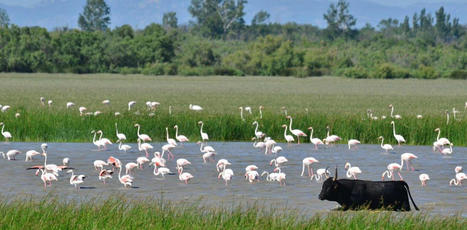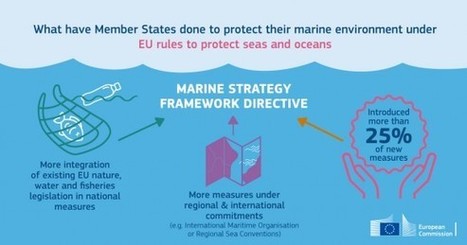Le Plan national d’actions (PNA) en faveur des libellules est un outil qui vise à assurer la conservation de libellules menacées ou faisant l’objet d’un intérêt particulier.
Research and publish the best content.
Get Started for FREE
Sign up with Facebook Sign up with X
I don't have a Facebook or a X account
Already have an account: Login
Revue de presse et du net par le Pôle de partage des connaissances S&T de l'Office français de la biodiversité
Curated by
DocBiodiv
 Your new post is loading... Your new post is loading...
 Your new post is loading... Your new post is loading...
|
|
















Nouveau site web dédié via @Opie_insectes